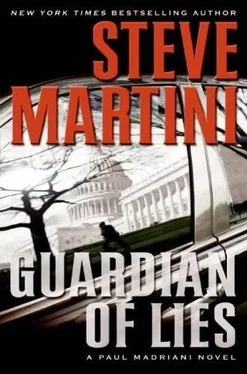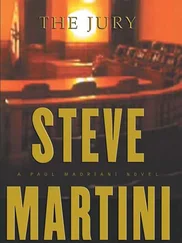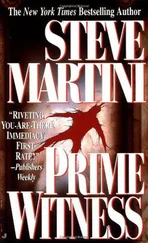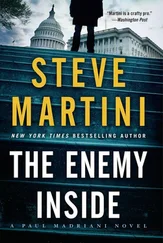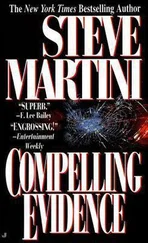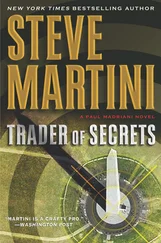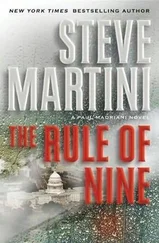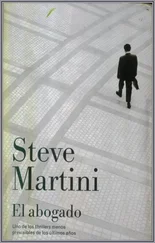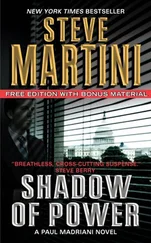
Steve Martini
Guardian of Lies
The tenth book in the Paul Madriani series, 2009
In wartime, truth is so precious that she should always be attended by a bodyguard of lies .
– WINSTON CHURCHILL
To the drug lords of the Tijuana cartel, the man was an urban myth-and the cops were singing off the same page. According to the Mexican Federal Judicial Police, the assassin referred to in scattered press reports as the “Mexecutioner” did not exist.
To hear them tell it, the killer was a figment of the “button boys’” imaginations, the teenage hoodlums who fueled the violence in the rampaging narco zone near the border, where rumors of his five-figure contracts were threatening to raise the city’s minimum wage for death.
It is true, these kids were illiterate and violent. They came from the barren Baja and the meager villages of Sinaloa, out of the mountains of Chihuahua, all looking for the same things: opportunity if they could get it, survival if they could not. They lived in banged-up sea containers and the tar paper barrios that dotted the hillsides around the city, and eked out an existence by offering their lethal services to the narco trade.
Get crosswise with this commerce and for a few thousand pesos and your car’s license number for identification, these kids would find you. They’d speed through the city on motorbikes with the silenced muzzle of a Mac-10 poking them in the ass down the back of their pants. They would twist the bike’s throttle with one hand and use the other to blow your brains all over the inside of your nice new Lexus.
To these concrete cowboys, the Mexecutioner was not only real, they knew him by a different name for the soundless way he took his victims, and always at night. He was like the mountain of water rising from the darkness, washing his victim from a tranquil beach, a kind of unexpected, rough wave- muerte líquida , “liquid death.”
The fact was, he liked it. It was a name that appealed to his dark sense of humor, so much so that at times he even used it on hotel registries-“M. Liquida,” though always with discretion. He played variations on the theme when abroad. For travel in the U.S. he possessed a credit card in the name of J. Waters.
The house was located on a tree-lined lane in a neighborhood of large, expensive homes. Many of these could only properly be called estates. The one in question was the black swan of the area, run-down and in need of repair. Or so it looked. It sat back from the road, perhaps sixty yards, behind a wrought-iron gate. The house overlooked the Pacific Coast Highway and the town of Del Mar, California. It had an unobstructed view of the ocean in the distance, and in daylight you could see the beach, perhaps a mile away.
A seven-foot fence, made up of hundreds of black anodized metal stakes, each topped by a sharp spearlike finial, surrounded the entire property. This seemed out of place. It was too much fence and far too expensive for the dilapidated structure that sat behind it.
The only opening in the fence was the main gate out to the street. It was remotely controlled. He had seen the owner’s car come and go. The gate automatically opened and closed behind him each time. There were no guards and no dogs and very few visitors. In fact, during all the hours he had watched the house, he had not seen one, only a few Federal Express and UPS delivery vans.
The fence itself was not electrified. There were none of the small yellow signs showing black bolts of electricity that warned people not to touch it. Only in America would you spend thousands of dollars installing an expensive electrical security system and then warn intruders not to harm themselves.
Liquida scurried along the ground just outside the fence, moving through the darkness, a vaporous, fleeting image that seemed not to leave a shadow.
A broken wooden balustrade across the back deck of the house leaned out, as if it was about to topple into the garden below. A shutter on one of the tall side windows hung askew. It seemed to dangle from a single hinge. Some of the wooden shingles were missing from the roof, and the exterior was in need of fresh paint.
He smiled at the ingenuity of it. Anyone cruising the neighborhood looking for a place to rob would certainly not pick this one. But the people who hired him had sent photographs, interior and exterior, close-ups, along with a diagram of the floor plan inside. Where they had gotten these he did not know, nor did he care, as long as they were accurate.
He slipped seamlessly through the line of bushes outside the fence, careful not to make contact with any of the iron bars.
He checked the fence one last time for signs of contact sensors. He looked for the small gray plastic conduit that might contain wires. These could carry signals to the house and an alarm system. This was the third time he had checked the fence and the ground under it. By now he was certain there were no wires and no conduit to carry them.
The security system for the grounds relied entirely on the motion sensors deployed in the yard, nearer the house. He had discovered the location of two of these on his first visit ten days earlier. In the middle of the night, he threw several large clods of compacted dirt over the fence. Each time he waited to see what would happen. Finally, after several tosses, lights went on in the house. Ten minutes later a small sedan with a security company logo on the door showed up. They checked the yard but found nothing. The motion sensors had been adjusted to levels of low tolerance. A small bird landing near one of the sensors in the yard might not set it off. A crow flapping its wings and bouncing around on the ground probably would.
Over the next week he set about taking down the motion sensors. For this he used more than a dozen cats, strays he collected during the day from streets and alleys downtown. He transported them in cardboard boxes in the back of his car at night. He baited the cats with nip and then threw small weighted bags of catnip as far as he could toward the house. Then he released a cat through the fence.
Each time the lights in the house went on, followed a few minutes later by the arrival of the small white security sedan. When the guard saw the cat he laughed, turned, and headed back to the gate and his car. A minute or two later the lights in the house went out.
He did this for five nights running, each time in the wee hours, until finally one night the lights in the house did not go on. And security never showed up. The motion sensors had been turned off, at least until they could be adjusted for bigger game. It was a funny thing about human nature; it almost always operated to the detriment of the flawed creatures possessing it.
Three nights earlier, working from the back side of the fence and using gloved hands, he propped a large leaf from a magnolia tree in front of the lens of the single security camera that covered this side of the house. He carefully wedged the leaf into the hinged camera mounting so that it looked as if gravity or the wind might have stuck it there.
After three days, the fact that no one had removed it told him what he needed to know. There was no active monitoring of the cameras. The system was probably a continuous feed, analog or digital, it didn’t matter. It would be reviewed only if there was an incident, at which time all they would see was a close-up of a leaf.
The upstairs study was a large room with a vaulted ceiling and heavy beams, two stories high. An antique iron spiral staircase led to the catwalk on the second level. Dark wood paneling and custom wood cabinets with little drawers lined the walls on both levels. Each drawer was locked and labeled with a neat printed card slipped into a brass holder and listing the contents. There were hundreds of them. It was from this room that Emerson Pike ran his business, Pike’s Peak, investments in rare coins and precious metals. He had turned a small fortune in the last several years, especially as the stock market fell and wealthy people looked for tangible ways to invest their money.
Читать дальше
